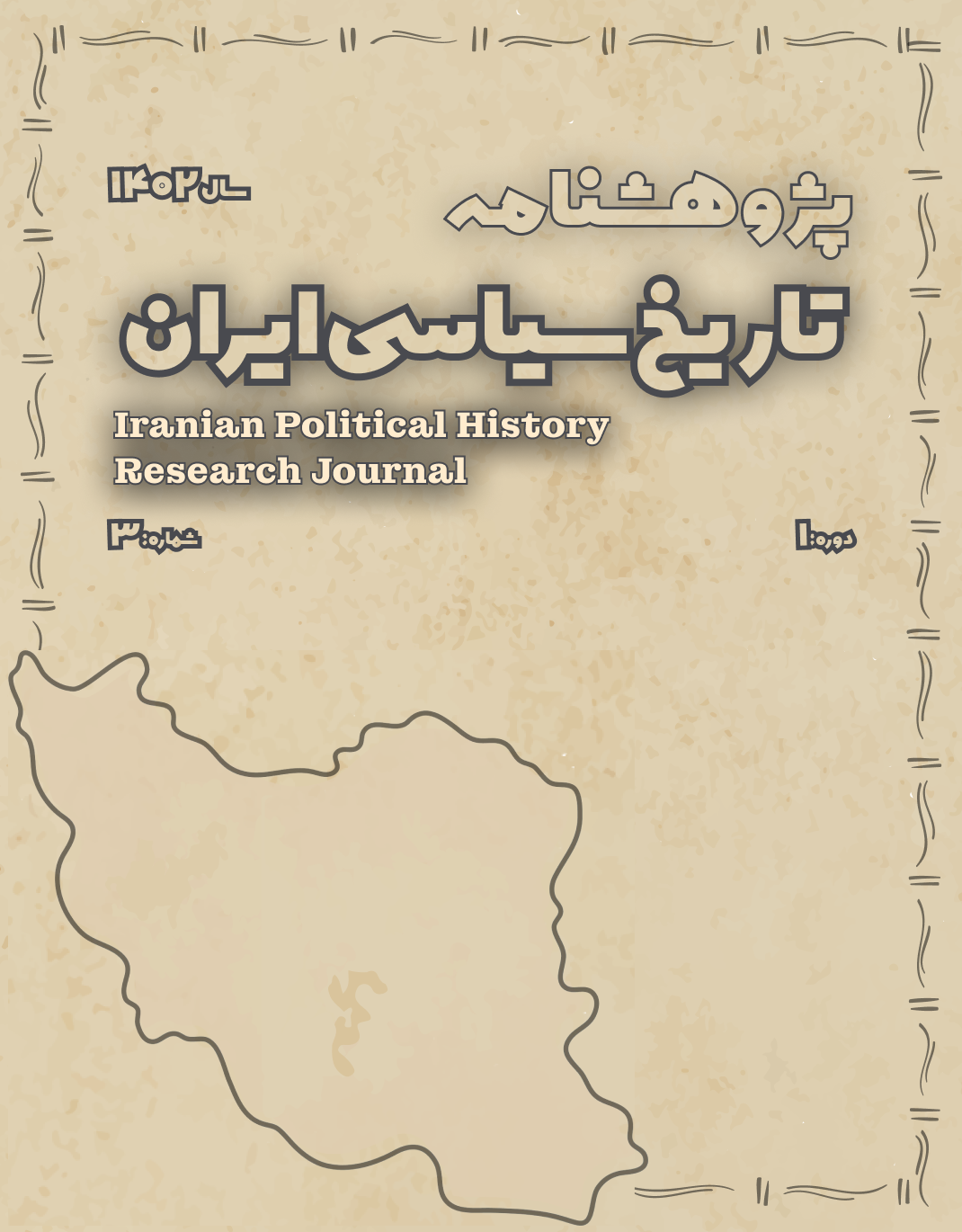The Structure of Authority and Political Legitimacy in the Buyid State: The Nexus of Shi'ism and Bureaucracy
Keywords:
Buyid dynasty, political legitimacy, bureaucracy, Shiʿism, Islamic state, Abbasid caliphate, Iranian Islamic historyAbstract
This article investigates the structure of authority and political legitimacy in the Buyid dynasty, which ruled from the 10th to the 11th century CE across regions from Iraq to central Iran. As one of the earliest successful models of integrating Iranian bureaucratic tradition with Shiʿite political-religious discourse, the Buyids reconstructed the institution of state beyond the weakening Abbasid Caliphate. Utilizing a historical-analytical approach and drawing on both primary and secondary sources, this study demonstrates how the Buyids established political legitimacy through a synthesis of Sasanian-derived administrative structures, the appointment of Shiʿite scholars and viziers, and the institutionalization of Shiʿite rituals and symbols in governance. Findings reveal that while the Abbasid caliphate was retained nominally, actual power was concentrated in the Buyid emirate, supported by an efficient bureaucracy and a Shiʿite ideological framework. Shiʿism functioned not only as a religious belief system but as a legitimizing political discourse, visibly manifested in public ceremonies such as Ashura, Eid al-Ghadir, religious sermons, and official coinage. The article offers a detailed analysis of the military apparatus, administrative system, interactions with local elites, and strategic use of religious symbolism to consolidate authority. It concludes that the Buyid state represents a crucial transitional moment in Islamic political history—bridging the collapse of caliphal sovereignty and the emergence of legitimate Shiʿite monarchies, a legacy later institutionalized by the Safavids.
Downloads
References
Arjomand, S. A. (1984). The Shadow of God and the Hidden Imam: Religion, Political Order, and Societal Change in Shi'ite Iran from the Beginning to 1890. University of Chicago Press.
Bosworth, C. E. (1975). The Ghaznavids: Their Empire in Afghanistan and Eastern Iran 994–1040. Edinburgh University Press.
Daftary, F. (2013). A History of Shi'i Islam. I.B. Tauris.
Frye, R. N. (1975). The Golden Age of Persia: The Arabs in the East. Weidenfeld and Nicolson.
Halm, H. (1991). Shi'ism. Edinburgh University Press.
Ibn al-Athir. (1987). The Complete History (Al-Kamil fi al-Tarikh). Beirut: Dar al-Kutub al-Ilmiyya.
Ibn Khaldun. (1967). The Muqaddimah: An Introduction to History. Princeton University Press.
Kennedy, H. (2004). The Prophet and the Age of the Caliphates: The Islamic Near East from the Sixth to the Eleventh Century. Pearson Education.
Kraemer, J. L. (1989). Humanism in the Renaissance of Islam: The Cultural Revival during the Buyid Age. Brill.
Madelung, W. (1986). Religious Trends in Early Islamic Iran. In R. N. Frye (Ed.), The Cambridge History of Iran, Vol. 4 (pp. 471–499). Cambridge University Press.
Mottahedeh, R. P. (2001). Loyalty and Leadership in an Early Islamic Society. I.B. Tauris.
Sourdel, D. (1965). The Abbasid Caliphate. In The Cambridge History of Islam, Volume 1. Cambridge University Press.









